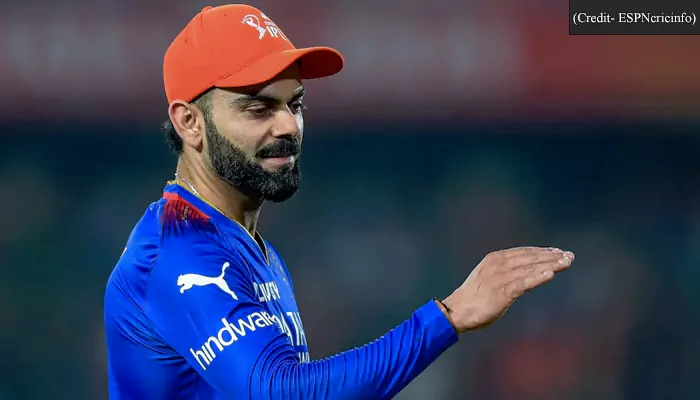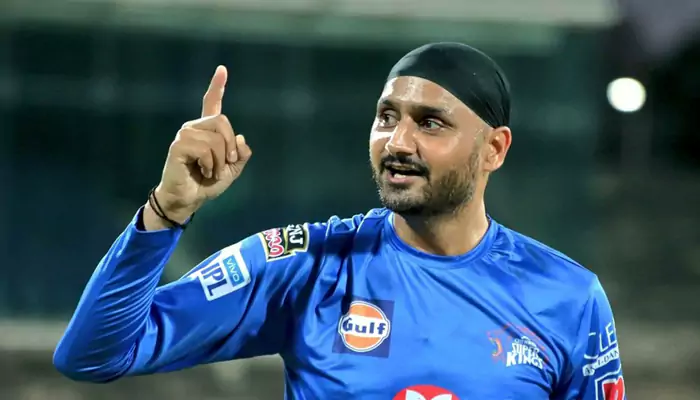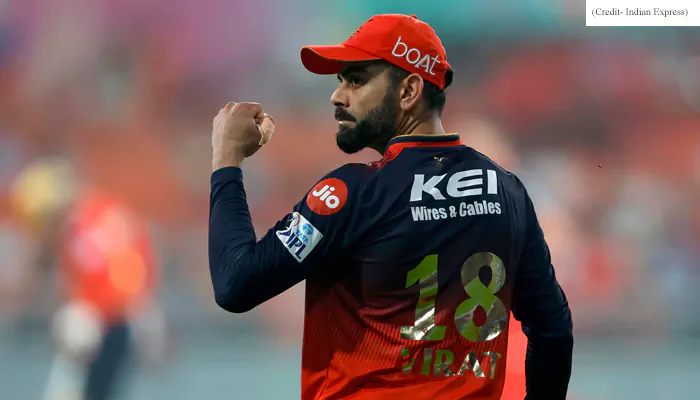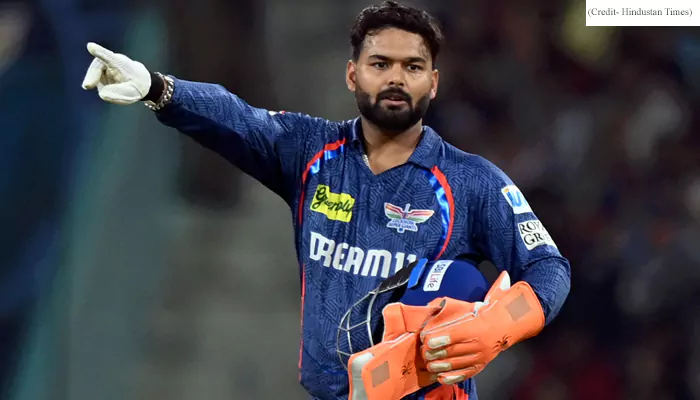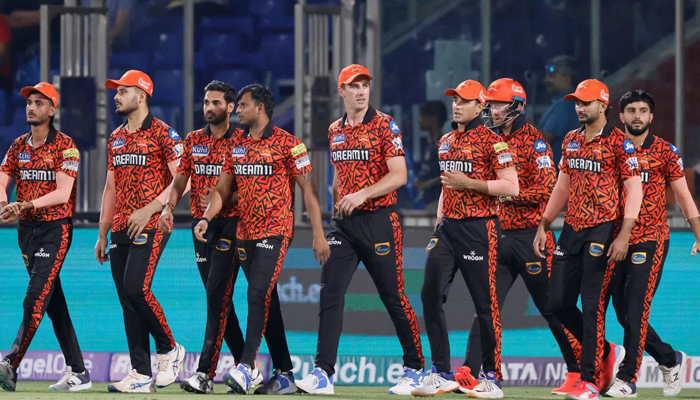BGT- Game Over in 93: When Australia Experienced a Jolting Shock in Mumbai!
- Sayan Guha
- 1 year ago
- 4 minutes read

The 2004 Wankhede Test isn’t remembered for the big runs but for how the tables turned on the seemingly invincible Australians
Memories of previous matches come flooding back like vivid replays as cricket fans prepare for the upcoming Border-Gavaskar Trophy, which begins on November 22. The 2004 Wankhede Test in Bombay (now Mumbai) stands out, not because of the spectacular hundreds or soaring sixes but because of the Australian batting collapse that left the formidable Baggy Greens struggling. On that dusty pitch, what happened? And how was a miracle that overcame all odds written by India? Let’s go back in time to this historic game.
The dusty theatre: Wankhede’s spinning tales
The circumstances were ideal: India, behind 1-2 in the series, required a face-saving win. The surface of Wankhede promised a lot of drama. It was a puzzle, not a pitch. Spinners rubbed their palms with delight even before the first ball was delivered because it was gloomy, dry, and uneven.
After winning the toss, the visitors, full of confidence, decided to bowl first. Nobody could have foreseen the script that followed.
Just saying, 107 is the lowest total defended by India in any test match. They did it vs Australia in 2004, Mumbai. @ImRo45 , if you can take a leaf out of Saurav Ganguly's textbook🤞😶🌫#INDvNZ pic.twitter.com/baA9F3Qrdr
— Misty Sinha (@naive_shrewd) October 19, 2024
A batting horror: India’s first innings
India’s innings started off like a nightmare. Glenn McGrath and Jason Gillespie sliced through the top order with their precise probing. At one point, the home team seemed utterly at sea as they fell to 46/6. Among the wreckage, only a grizzled Rahul Dravid, undefeated on 31, remained upright.
With Nathan Hauritz’s cunning, Gillespie’s 4/29 bundled India for a meagre 104. Stunned, everyone waited, wondering if this test would last longer than two days.
Aussies build a lead, but spin lurks
Australia responded steadily, and for a split second, it appeared they might win the game. Matthew Hayden’s 35 and Damien Martyn’s graceful 55 helped to rock their ship, but Anil Kumble and Murali Kartik, India’s spin combo, had other ideas.
Australia collapsed for 203 from 121/5, led by Kumble’s 5/90. Despite taking a 99-run lead, the visitors’ batting armour was showing signs of weakness.
A second-wind fightback
The focus of India’s second innings was character. Enter Sachin Tendulkar and VVS Laxman, Mumbai’s beloved son and India’s crisis man. They built a formidable partnership, with Tendulkar hitting a composed 55 and Laxman scoring a tenacious 69.
Then came the part-time spinner, Michael Clarke. With an astounding 6/9, he made up for his lack of repute with accuracy. Australia had a modest target of 107 after Clarke’s wizardry had India out for 205.
Australia’s collapse: The 93-run story
Chasing 107, Australia’s innings opened with a Zaheer Khan peach that dismissed Justin Langer for a duck. This was followed by a spin bowling brilliance. Murali Kartik and Harbhajan Singh wove webs so tightly that even the powerful Australian hitters appeared puzzled.
This is what happened when Australia needed 107 runs to win the test match against India in Mumbai, 2004
— Cricketopia (@CricketopiaCom) October 19, 2024
Can India repeat this feat tomorrow in Bengaluru?pic.twitter.com/y2Y18Q4xtN
The visitors’ hopes were dashed at 48/6. Unplayable that day, Harbhajan got 5/29, while Kartik added 3/32. The field had turned into a minefield, and Australia could not reach halfway. They had one of their most startling collapses when they were bowled out for 93.
This was a statement rather than merely a Test match. India transformed a routine total into a formidable challenge for the top team in the world. The Wankhede pitch had an impact, but the Indian bowlers’ unwavering will and tenacity made the difference.




